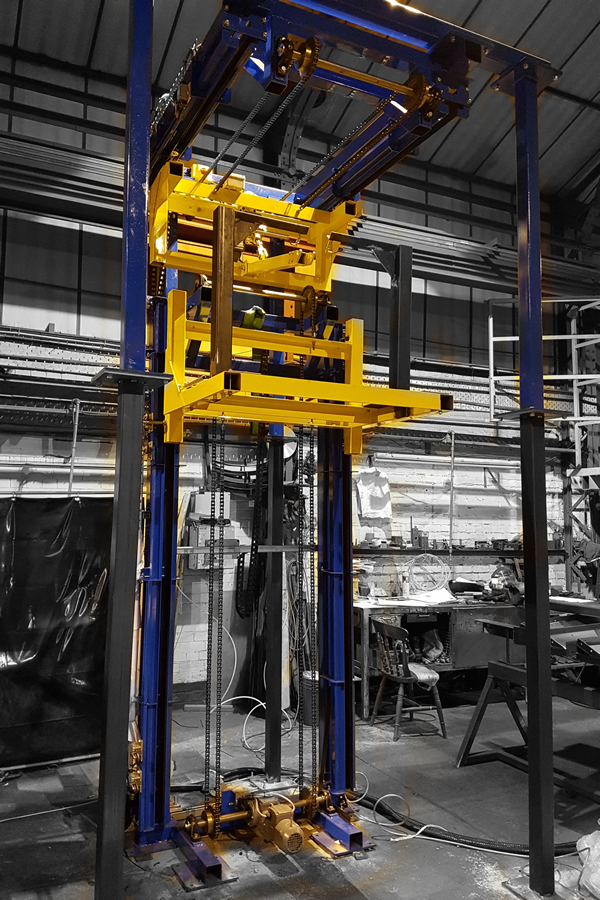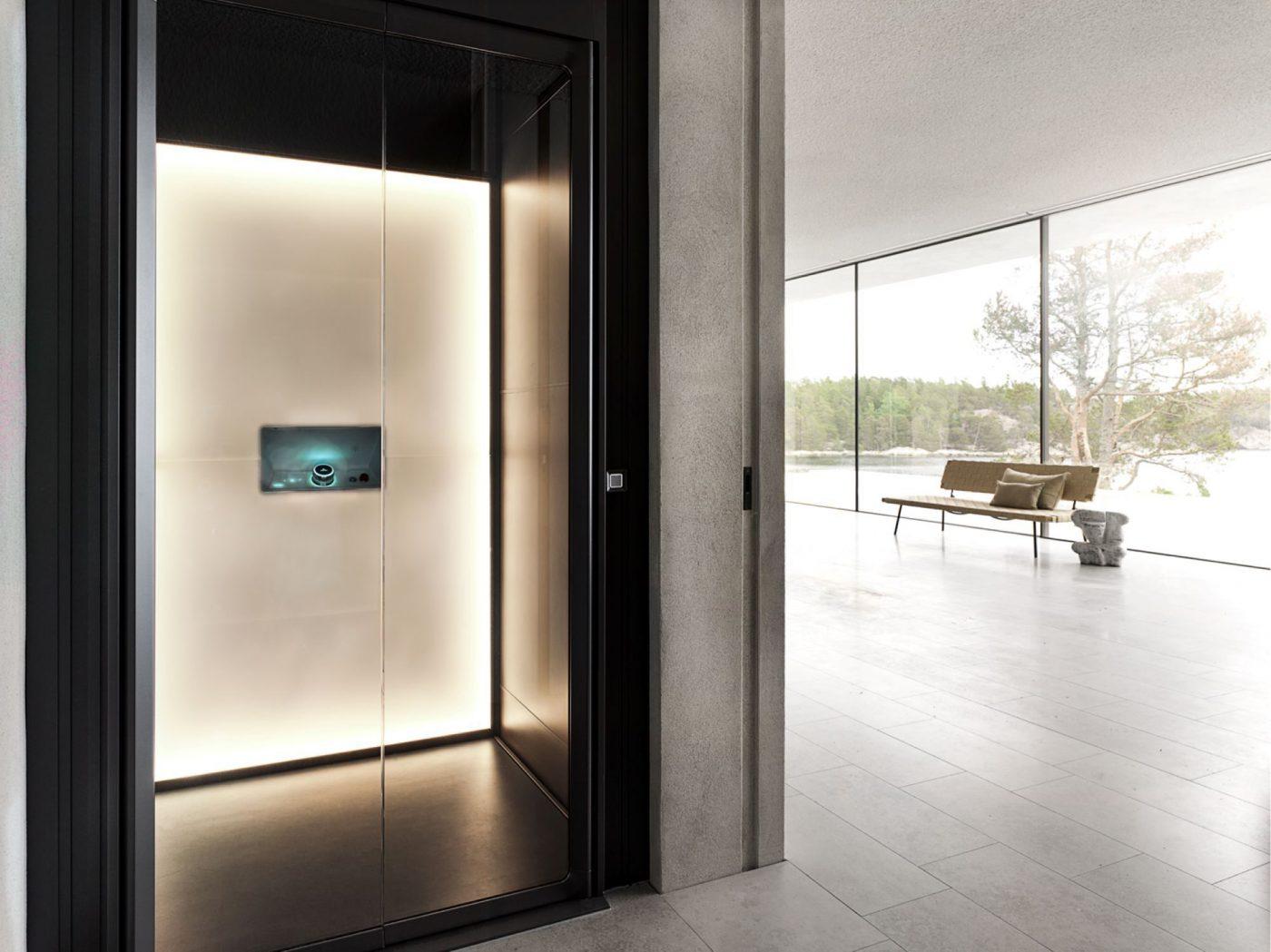Leading Lift Companies in London: Offering High Quality Installations and Maintenance
Leading Lift Companies in London: Offering High Quality Installations and Maintenance
Blog Article
Looking Into the World of Lifts: Usual Issues Encountered by Various Lift Mechanisms
As we browse through the vertical transport systems of contemporary structures, lifts stand out as an indispensable component of our everyday lives. From hydraulic lifts to grip systems and machine-room-less styles, each lift kind comes with its collection of typical issues.
Hydraulic Lifts
Hydraulic lifts, often chosen for low-rise structures, utilize fluid pressure to control the movement of the lift automobile (lift repair companies). This device involves a hydraulic pump pushing oil into a cylinder, causing the elevator to relocate the preferred instructions. While hydraulic lifts are known for their smooth and silent procedure, they do come with their very own collection of common problems
One widespread problem with hydraulic lifts is oil leak. Additionally, issues with the control system, such as defective valves or a malfunctioning pump, can cause interruptions in the lift's activity.
Regular maintenance and prompt fixings are important to make certain the smooth functioning of hydraulic elevators. By addressing these typical problems proactively, building owners can reduce downtime and make sure the safety and security and efficiency of their upright transport system.
Grip Elevators
When taking into consideration upright transport systems in buildings, one more usual type apart from hydraulic lifts is the traction lift. Traction lifts run making use of a system of ropes and weights that relocate the elevator vehicle by clutching onto the hoist ropes. This mechanism permits smoother and much faster upright transport compared to hydraulic systems.
Among the common problems dealt with by traction elevators is rope wear. The consistent activity of the ropes within the grip system can result in deterioration with time, potentially causing the lift to malfunction or come to be hazardous for use. Normal evaluations and upkeep of the ropes are vital to ensure the lift's correct functioning and safety and security.
One more concern that traction lifts might come across is connected to the control system. Issues with the control system can cause problems such as erratic activity, hold-ups in feedback times, or even full closures. Normal testing and upkeep of the control system are vital to avoid such concerns and ensure the lift's integrity.
Machine-Room-Less (MRL) Lifts

Among the vital elements of MRL lifts is the small gearless traction maker that is installed within the hoistway. This machine successfully drives the lift car without the demand for cumbersome equipment located in conventional traction lifts. Additionally, MRL elevators commonly make use of a weight system to balance the auto, more enhancing their power effectiveness.
In spite of their benefits, MRL elevators may deal with obstacles associated to repair and maintenance as a result of the restricted area for devices installment. Access for servicing elements within the shaft can be restricted, requiring specialized training for professionals. Correct upkeep routines and normal assessments are important to make sure the continued smooth procedure of MRL elevators.
Overloading and Weight Restriction Issues
Are elevators outfitted to deal with excess weight Check This Out loads successfully and securely? Straining and weight limit problems are essential issues in elevator procedures. Lift makers style lifts with specific weight abilities to make certain passenger safety and security and devices durability. Exceeding these weight limitations can lead to various troubles, including mechanical failings, delays, and safety and security hazards.
When lifts are overloaded, it puts too much stress on the motor, cords, and various other parts, potentially causing malfunctions or breakdowns. Safety and security systems such as sensors and overload sensors are in location to stop lifts from relocating if they discover excess weight. Additionally, exceeding weight restrictions can cause increased energy usage and wear and tear on the elevator system.
To reduce overwhelming concerns, building supervisors should prominently show weight restrictions in elevators and inform residents on the value of sticking to these constraints - lift repair companies. Normal upkeep checks by certified service technicians can also assist guarantee that my response elevators are running within secure weight specifications. By addressing overloading and weight restriction problems proactively, structure proprietors can enhance elevator safety and security and performance
Electric System Failings
Surpassing weight limitations in elevators can not only lead to mechanical concerns but additionally possibly add to electric system failures within the lift framework. Electrical system failings are a crucial worry in lift procedure, as they can trigger unanticipated shutdowns, breakdowns, or even safety and security threats.
In addition, power surges or changes in the electric supply can also interfere with the lift's operation, impacting its performance and safety and security. These electric disruptions can damage sensitive lift parts such as control panels, circuit card, or sensing units, resulting in system failings. Normal upkeep and assessments are essential to identify and deal with potential electrical problems immediately, making sure the reliable and safe operation of elevator systems. By sticking to weight limitations and performing routine electrical system checks, building owners can minimize the risk of electrical failures in lifts.
Conclusion

Hydraulic lifts, commonly chosen for low-rise structures, make use of fluid pressure to manage the motion of the lift auto.When thinking why not look here about vertical transportation systems in structures, an additional common kind aside from hydraulic lifts is the traction lift. Grip lifts operate utilizing a system of ropes and counterweights that relocate the elevator auto by clutching onto the hoist ropes. Unlike standard lifts that need a separate machine area to house the tools, MRL lifts integrate most of the parts within the shaft, getting rid of the requirement for a devoted machine area.In final thought, elevators face common problems such as hydraulic malfunctions, grip system failures, and electric system issues.
Report this page